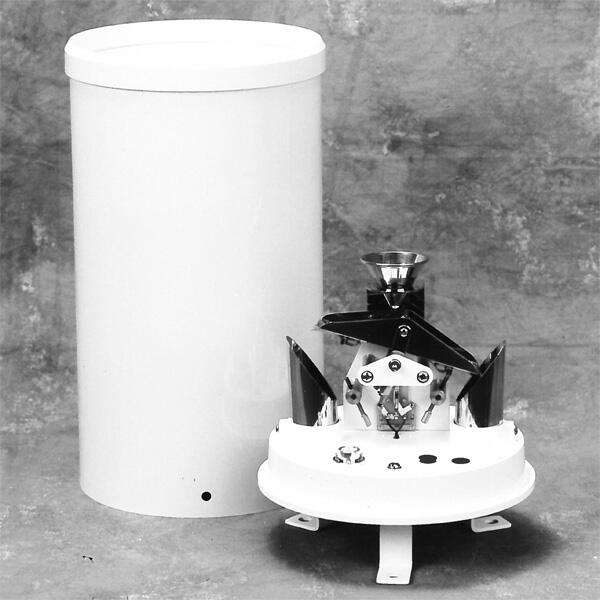
# Rain Gauge Description: Types, Features, and Applications
A rain gauge is an essential meteorological instrument used to measure the amount of precipitation over a specific period. It plays a crucial role in weather monitoring, agriculture, hydrology, and climate studies. This article explores the types, features, and applications of rain gauges.
## Types of Rain Gauges
Rain gauges come in various designs, each suited for specific purposes. Below are the most common types:
### 1. Standard Rain Gauge
The standard rain gauge, also known as the manual rain gauge, consists of a funnel that collects rainwater and directs it into a measuring cylinder. The amount of precipitation is measured manually using a graduated scale. This type is widely used due to its simplicity and accuracy.
### 2. Tipping Bucket Rain Gauge
The tipping bucket rain gauge uses a small bucket mechanism that tips when a specific amount of rainwater is collected. Each tip corresponds to a known volume of precipitation, which is recorded electronically. This type is ideal for automated weather stations.
### 3. Weighing Rain Gauge
A weighing rain gauge measures precipitation by weighing the collected water. As rainwater accumulates in a container, the weight increases, and the data is recorded. This type is highly accurate and suitable for measuring snow and hail.
### 4. Optical Rain Gauge
Optical rain gauges use light beams to detect and measure precipitation. When raindrops pass through the beam, they scatter the light, and the intensity of scattering is used to calculate the rainfall rate. This type is often used in research and aviation.
## Features of Rain Gauges
Rain gauges are designed with specific features to ensure accurate and reliable measurements. Key features include:
– **Durability**: Most rain gauges are made from weather-resistant materials like plastic, metal, or glass to withstand harsh environmental conditions.
– **Precision**: High-quality rain gauges provide precise measurements, often with resolutions as fine as 0.1 mm.
– **Ease of Use**: Many rain gauges are designed for simple installation and operation, making them accessible to both professionals and hobbyists.
– **Data Recording**: Advanced rain gauges can record and store data electronically, enabling long-term analysis and remote monitoring.
## Applications of Rain Gauges
Rain gauges are used in a variety of fields, including:
### 1. Weather Forecasting
Meteorologists rely on rain gauges to collect data for weather predictions. Accurate rainfall measurements help in forecasting storms, floods, and droughts.
### 2. Agriculture
Farmers use rain gauges to monitor precipitation levels, which is critical for irrigation planning and crop management. Proper water management ensures optimal crop growth and yield.
### 3. Hydrology
Hydrologists use rain gauges to study water cycles, river flow, and groundwater recharge. This data is essential for managing water resources and mitigating flood risks.
### 4. Climate Research
Rain gauges provide valuable data for climate studies, helping scientists understand long-term precipitation patterns and their impact on the environment.
### 5. Urban Planning
In urban areas, rain gauges are used to design drainage systems and prevent waterlogging during heavy rainfall. This is crucial for maintaining infrastructure and public safety.
## Conclusion
Rain gauges are indispensable tools for measuring precipitation and understanding its impact on various aspects of life. With different types and features available, they cater to a wide range of applications, from weather forecasting to urban planning. By providing accurate and reliable data, rain gauges contribute significantly to environmental monitoring and resource management.
Keyword: rain gauge description
